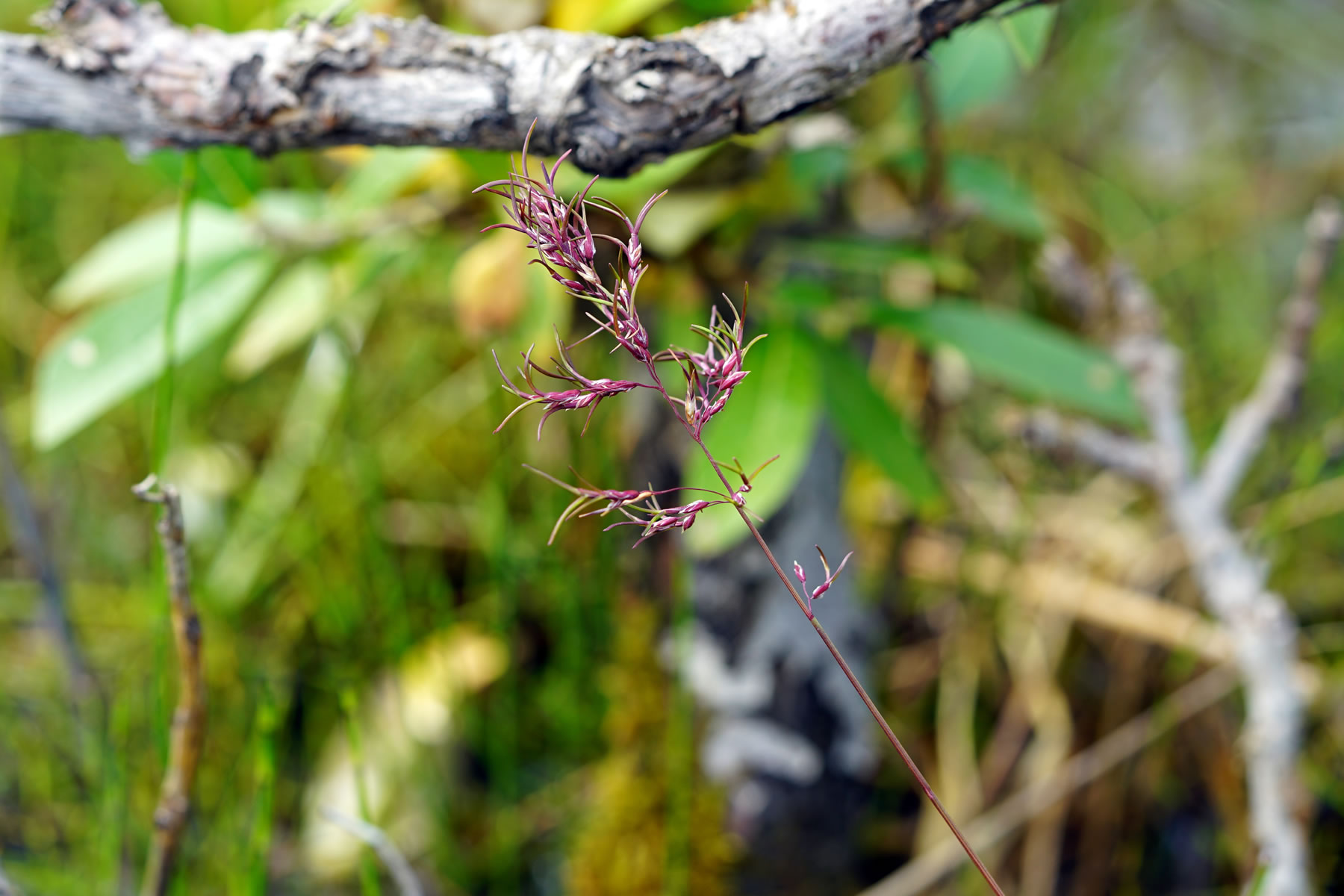A flora is a compilation of information about the plant taxa that occur in a region. Information in a flora includes taxonomic names, histories of name usage, descriptive materials of the characteristics of taxa (e.g. keys, descriptions, illustrations, and photographs), spatial extent of taxa, specimen lists, and other relevant data. Because taxonomic information constantly changes as the result of exploration and research, the usefulness of floras decreases with time. The last comprehensive floras for Alaska were published by Eric Hultén in 1968 and Stanley Welsh in 1974. A new Flora of Alaska is therefore timely, especially as numerous species have been introduced or expanded into the region in the last five decades. The known range of many native taxa have been expanded as the result of extensive floristic surveys in remote areas, and the plants of Alaska are experiencing rapidly changing conditions due to anthropogenically induced disturbances, including climate warming.
Methods for managing and presenting information have changed greatly over the last half-century. A modern flora can draw upon and integrate the vast network of systematic, specimen, image, and ecological data that exists in a variety of formats, including the latest monographic work and the readily available internet access to this information. At the same time, floras summarize these data and include a list of accepted taxonomic/nomenclatural names with relevant descriptions and keys, capturing the experience and consensus of regional botanists. Floristic information can be presented in a variety of formats for a variety of audiences from casual users to experts, rather than solely as a single-format printed book.
Unlike most previous floras, the new Flora of Alaska will be a community-driven product inclusive of a broad group of stakeholders and users. An Executive Committee and an Advisory Committee will make decisions about the strategy, content, fundraising, and product format to reflect the needs of a diverse group of Alaskan botanists, vegetation ecologists, wildlife ecologists, natural resource managers, and interested public.
Taxonomy
Accepted names will generally follow recent monographic work, but we will also draw on Alaskan botanical knowledge. We will relate names in current usage and important historical names to the accepted names via synonymy and taxon concept mapping. Taxon concept mapping is a key product of an NSF grant to ALA comparing taxon concepts for the names from key historical floras. We will integrate the taxon concept mapping work in the Flora.
Botanists have long recognized the problem of inconsistent use of taxonomic names by different authors: authors may have different “taxon concepts”. Integrating information for a taxon that was named under different taxon concepts (e.g., drawing a range map for a species from specimens collected over many decades) is problematic unless the taxon concept used in naming each data element is specified, and the relationship between different taxon concepts is made clear . The new Flora of Alaska will include such taxon concept mapping information for key floristic works that have been used to determine names for the plants of Alaska, including the Flora of Alaska and Neighboring Territories[1], Anderson’s Flora of Alaska and Adjacent Parts of Canada[2], Flora of North America (FNA)[3], and the Panarctic Flora Checklist (PAFC)[4].
Non-native Plants
Many of the new species that have been documented in the Alaska flora since Hultén’s 1968 Flora of Alaska and Neighboring Territories are non-native species that have arrived with the movement of humans. Numerous non-native species are present in Alaska, including those cultivated as agricultural crops and garden ornamentals. In this new Flora of Alaska, we restrict the inclusion of non-native species to those that have been found persisting multiple years outside of intentional cultivation.
[1] Hultén, E. 1968. Flora of Alaska and Neighboring Territories. Stanford University Press.
[2] Welsh, S.L. 1974. Flora of Alaska and Adjacent Parts of Canada. Brigham Young University Press. Provo, Utah. 724 pp.
[3] Flora of North America Editorial Committee (eds.). 1993+. Flora of North America North of Mexico. 20+ vols. New York and Oxford.
[4] Elven, R., D.F. Murray, V.Y. Razzhivin, and B.A. Yurtsev (eds.). 2011. Annotated Checklist of the Panarctic Flora (PAF) Vascular Plants. Available: http://nhm2.uio.no/paf/




